Your prospects won’t see personalized messages if you don’t hit their inbox.
An important metric to consider when launching email outreach is bounce rate. Particularly if your industry has a limited market or you are planning mass mailing.
It is painstaking for your sales team to succeed if you don’t handle email bounces properly. It isn’t your sales representative’s responsibility to know all the technical nuances about their cold campaigns.
What bounced email means
Email bounce means that your message cannot make it to your lead's inbox. That’s why you receive an auto-email about a failed delivery. The notification contains explanations for why the email doesn’t reach the recipient. A common reason is that right before sending you skip rechecking the validity of the email contacts. An example.
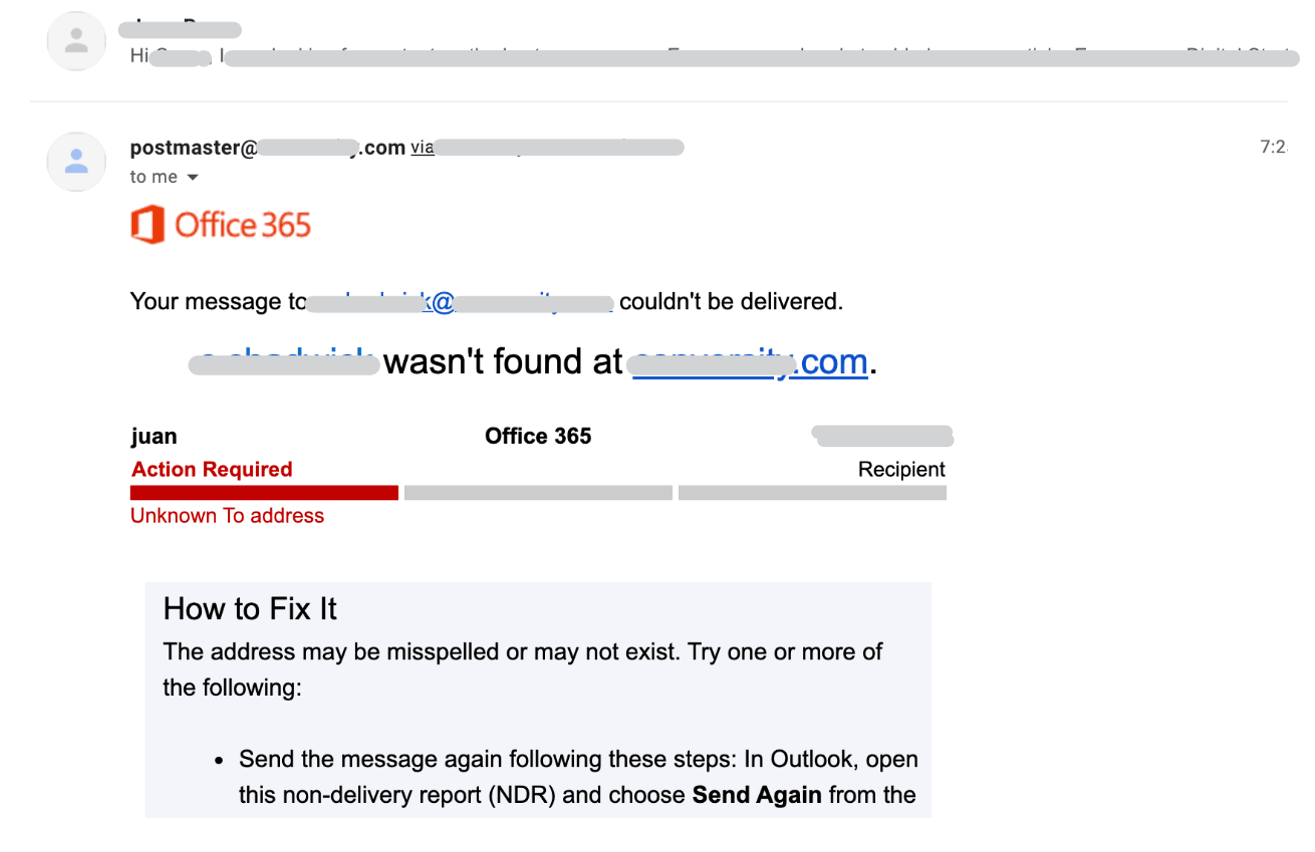
If you receive an «email was not delivered» message, go through what the email vendor advises on this, so you can do something about such messages before it harms your company.
Why do emails bounce
Bouncing emails is the result of rejecting emails on the side of the recipient's mail server.

What does it mean to bounce a server? The server does it for numerous reasons:
-
an issue on the sender's side — forgot to validate contacts before the outreach, have credibility issues, improperly authenticate the account, etc.
-
an issue on the recipient's side — accept only pre-approved users, their server experiences technical problems, their mailbox lacks cloud space, etc.
Hard vs. soft bounced email
A hard bounce indicates a pressing problem that requires to be fixed before sending the message again. You can identify the bounce type by checking the server response, typically below the ESP message — it starts with 5.X.X. A soft bounce means a minor issue, and once some time has passed, you can resend the same email. In this case, the server message will start with 4.X.X.
There are two types of bounces so that you can quickly assess how serious the problem is.
What is a hard bounce
A hard bounce (HB) means resending the message won’t change the outcome while harming your reputation. You have to sort out the issue first. We’ll suggest solutions in the article. Typical hard bounce reasons:
-
an unverified email contacts
-
you didn’t make DKIM, STF, and DMARC records properly
-
you got several reputation soft bounces and didn’t fix the problem
-
you are suspected of spam activities
Normally ESPs don’t let you resend the HB email and turn it into a suspended email address.
What is a hard bounce in email marketing
Such hard bounces are auto emails explaining your newsletter didn’t reach some subscribers. It happens because of a persisting issue with the recipient's or your account. Most email services automatically remove hard bounced recipients from your database when the problem occurs. Yet, monitor your HBs.
What a soft email bounce is
A soft bounce (SB) means there are short-term problems preventing your message to be delivered. Often it isn’t you, it is the recipient. ESPs usually attempt to resend the email automatically, assuming the issue is resolved. One-off SBs occasionally aren’t harmful. Yet, if you get them repeatedly, they may change to hard bounces and affect your reputation.
The aftermath of email bouncing

Why does email bounce back
You can uncover the reason for this email bouncing in your email campaign analytics. Here is how it looks in Postmark.
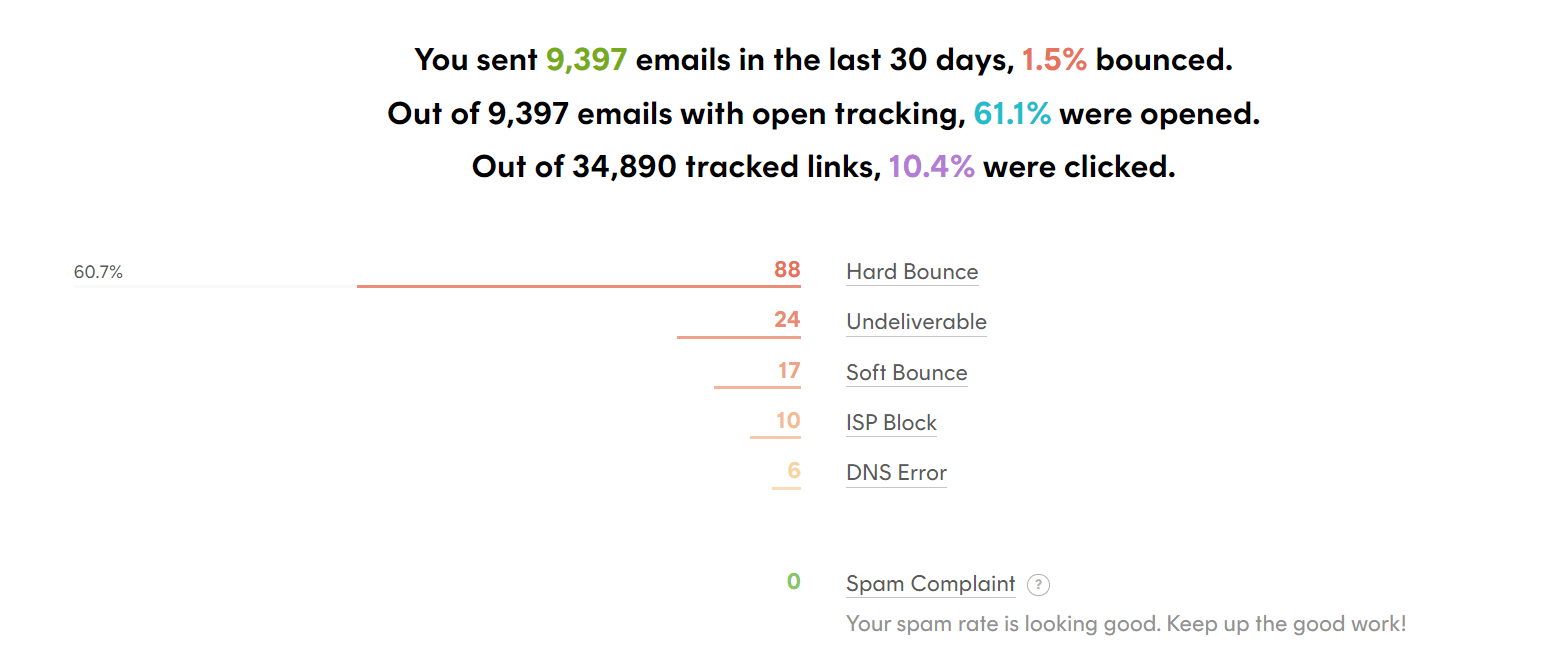
Clicking on each bounce group and each not delivered email uncovers the issue in depth.
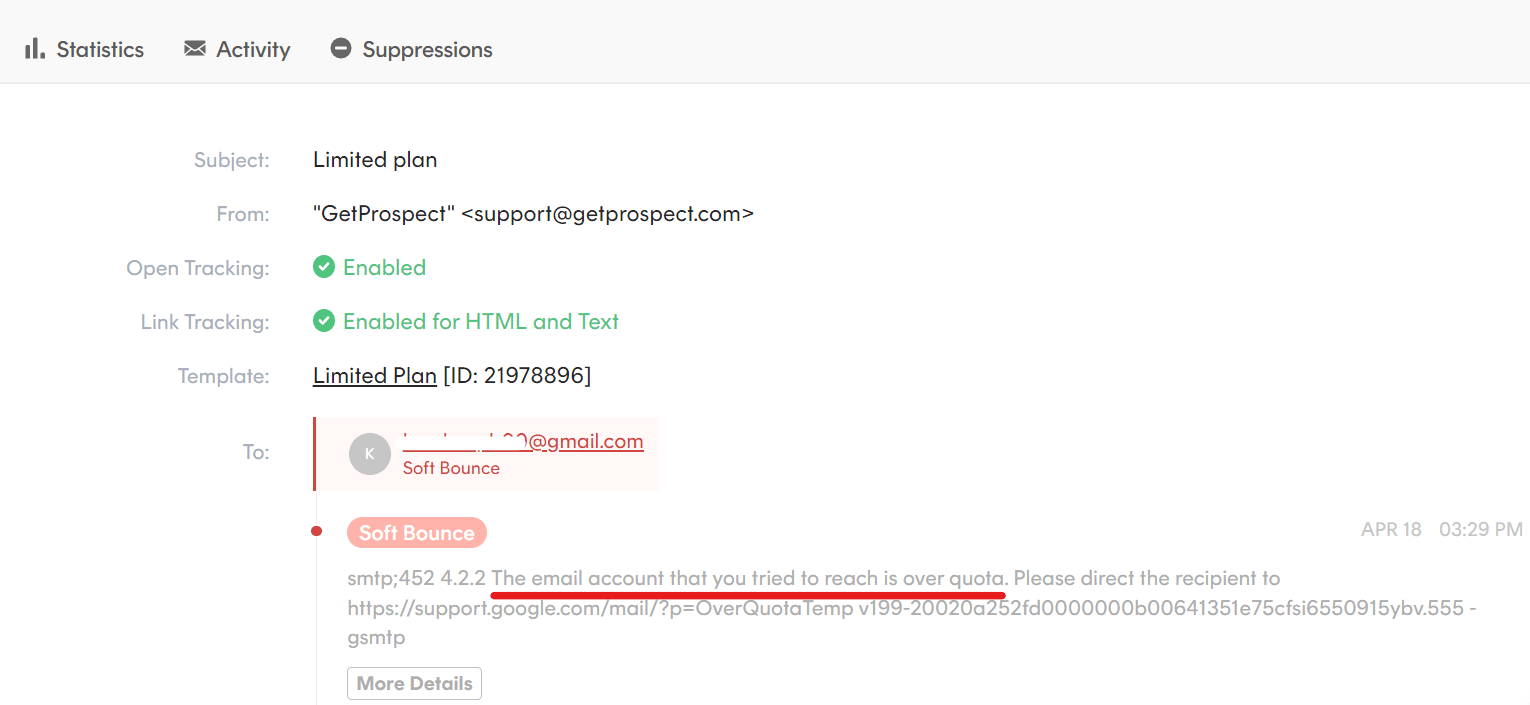
Below are the most expected types of hard and soft bounces and tips on what to do with them.
1. Hard bounce: invalid email address
-
the account was deleted
-
you or your recipient made a typo
-
the recipient intentionally made the email address fake
-
you used an accept-all email from the verification tool
-
the recipient account doesn’t welcome any emails or only selected domains and accounts
-
you are under the recipient’ block
Get rid of such contacts from your list. Usually, email vendors do it automatically. By keeping the address and attempting to send it repeatedly, you run the risk of being blacklisted. In this case you will be unable to send anything at all in the future.
Note: If you have a limited target market — try to discover the correct contacts of the leads or request permission to contact them.
2. Hard bounce: improper authentication
Hard bounce email also occurs because something is not correctly set up. You should go through your DKIM, STF, and DMARC records. The emails are blocked by Gmail this way:
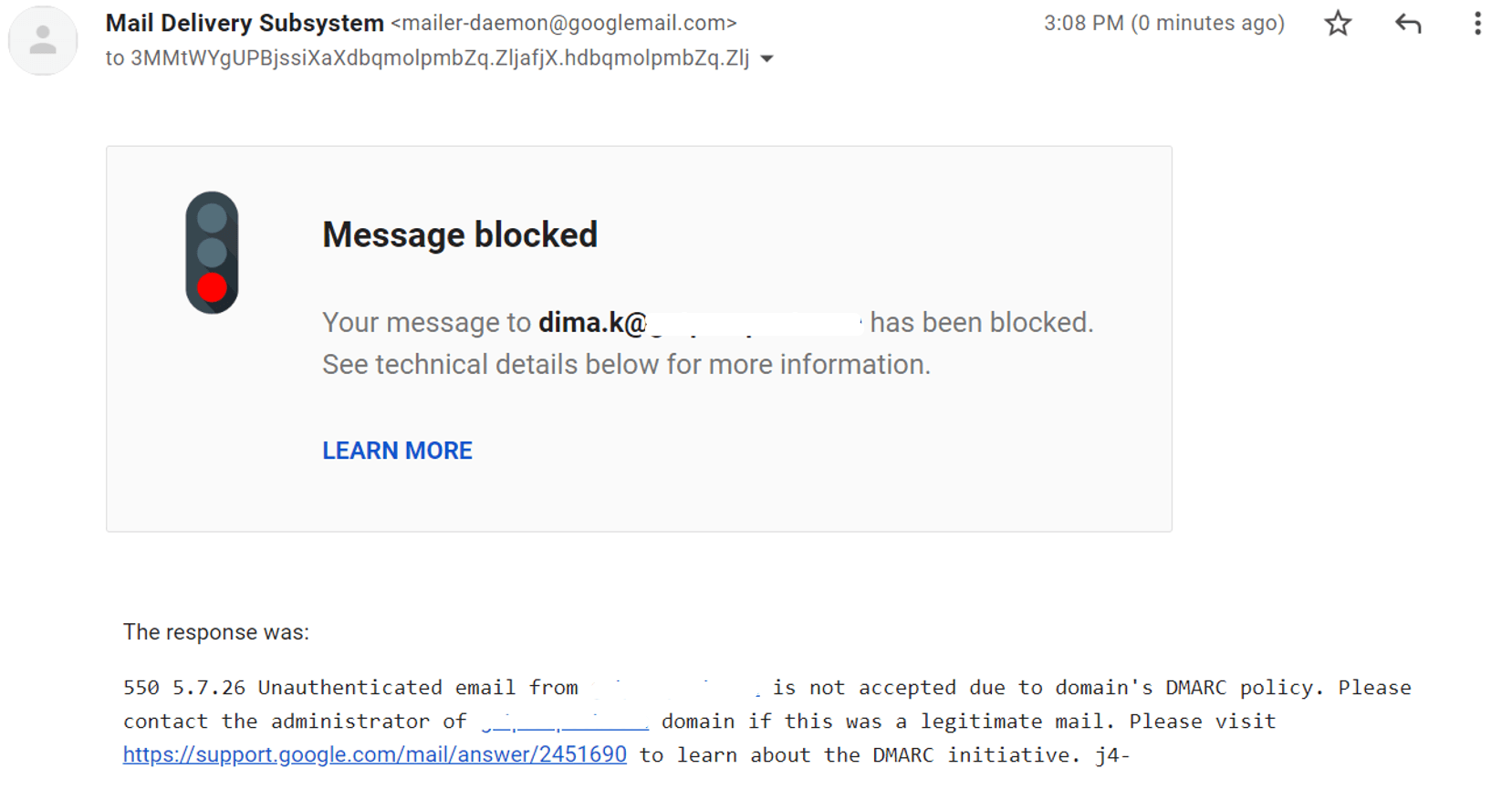
3. Soft bounce: the mailbox ran out of memory space
In this case, your recipient cannot get any emails. Assumptively, the email account is old and isn’t used anymore. So just take them off your contact list.
If they are valuable leads — try to resend your message in a month, or even better — search for other contacts of the person.
4. Out-of-office or autoresponder
Often such messages notify you the recipient is on holiday or that the person quit the organization. They are sometimes treated as one of the reasons emails bounce, though in this case, your email will reach the lead’s inbox.
It would be a wise decision to review autoresponders — you will know when to follow up or will dig out another person to contact.
5. Soft bounce: server overload
If you are used to sending emails in prime times, you might face SBs because of large traffic. The recipient’s server may also be under maintenance or experience technical issues.
In this situation, resend the email later.
6. Soft bounce: email size
Email bouncing may happen if the attachments are too large. For instance, for Gmail, better to keep your email under 25 MB. Besides bounces, heavy emails might end up with a technical error, so recheck what the «sent» email looks like.
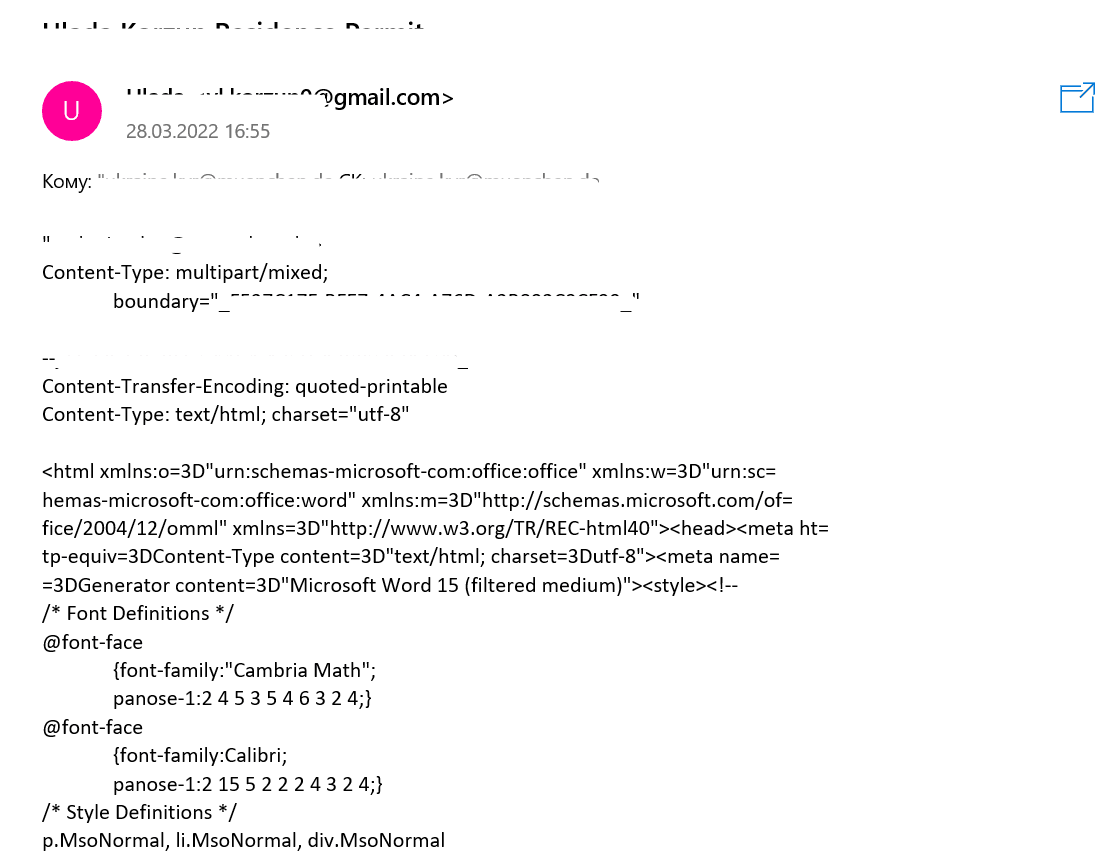
To fix it — place your files in the cloud.
7. Sender’s reputation
Both SB and (then) HB may happen because of the sender's reputation — account, domain, or IP. Reputation bounce comes from spam complaints, the spammy content, dramatic surge in your mailing list size.
Using some email providers, you share IP with several other accounts and might be punished by chance. You may be even blacklisted due to a bad repatutation. Game over.
You can uncover details in our previous blog article about deliverability.
8. Long email text (kidding)
You won’t get bounced because of a long text, though it is better to keep it short :)
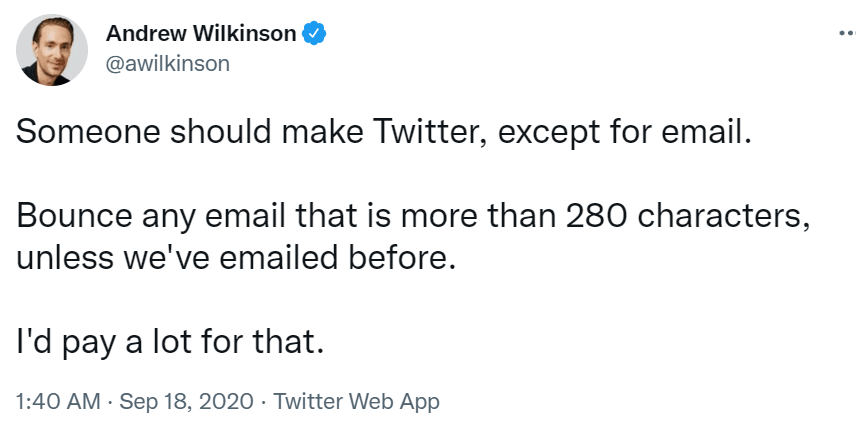
How to reduce email bounce rate
Now, let’s dive into how to prevent high bounce values and how to keep it under acceptable limits.
- Always verify emails just before a campaign. The validity status may change if you found the emails a week or a month ago. To be on the safe side, test the email on your additional email account. Email verifiers won’t provide you with a 100% guarantee that a valid email won’t bounce. For instance, GetProspect can ensure that 95% of valid emails won’t bounce. If the value is lower, contact our support team.
-
Be wary of accept-all emails. «Accept-all»/«catch-all» emails cannot be verified by any service. They might be valid or invalid. In the GetProspect tool, they are labeled with a small orange circle.
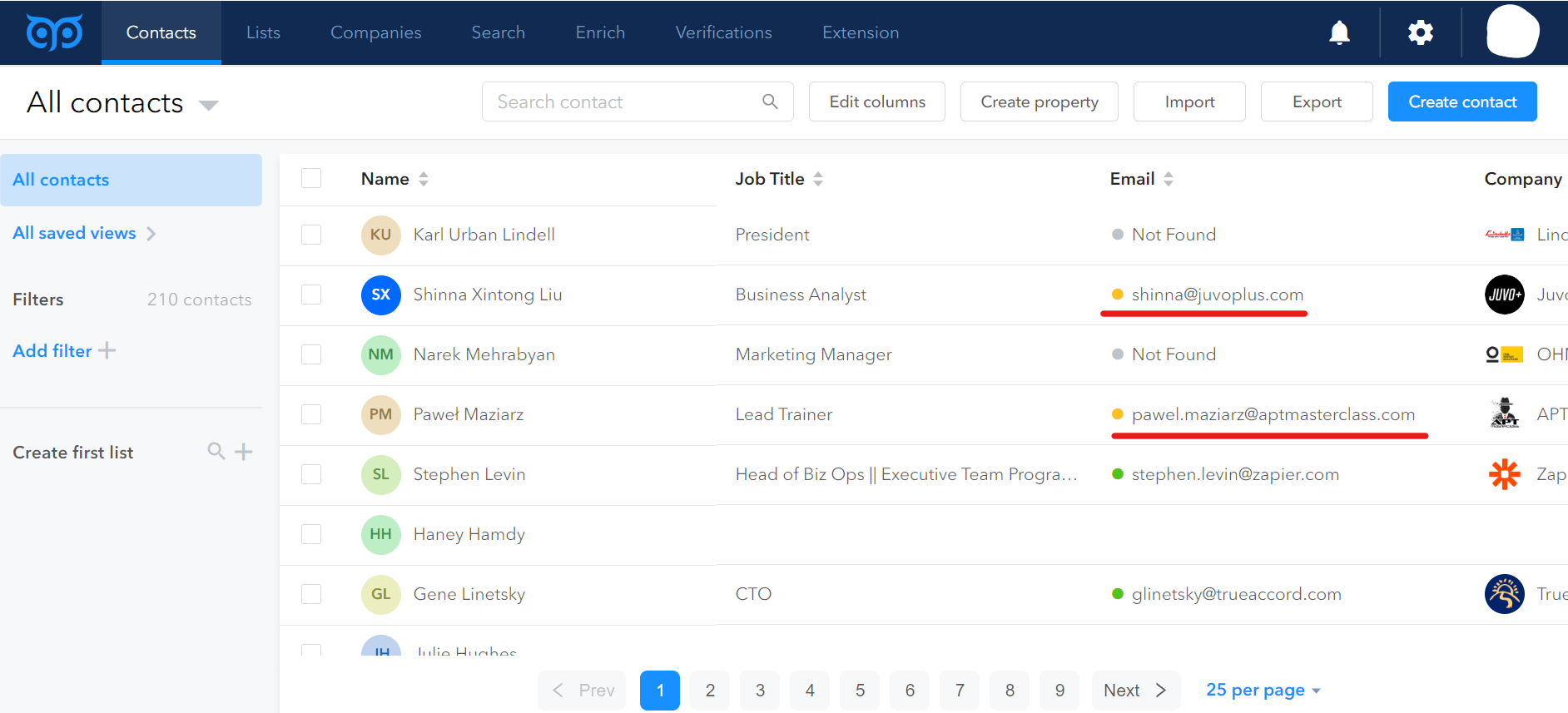
Sending to accept-all emails (only them) might result in up to a 25% bounce rate.
If you choose to mail to accept-alls, we recommend sending emails in small batches and also conducting an email bounce check with an alternative email address. That way, if they bounce, they won’t hurt your main account’s reputation.
-
Employ more accounts. Vendors usually set a limit of 100-250 emails a day per acc. To be on the safe side, our sales send up to 50 emails each.
-
Watch out for bounce rate and changes. The less you check email bounces, the higher the bounce value you’ll have because you don’t fix the bounce triggers. Most mailing tools provide the analytics of sent, bounced, opened, clicked, complaints, unsubscriptions, etc. It is especially critical to track for bulk campaigns and industries with a limited market.

If your email vendor doesn’t deliver the data, determine the average bounce rate for the email outreach yourself: (№ of bounces / № of delivered emails)*100.
Every email provider sets an acceptable bounce rate for its users’ email campaigns to protect its domain. For instance, MailerLite mentions it in its Anti-spam policy: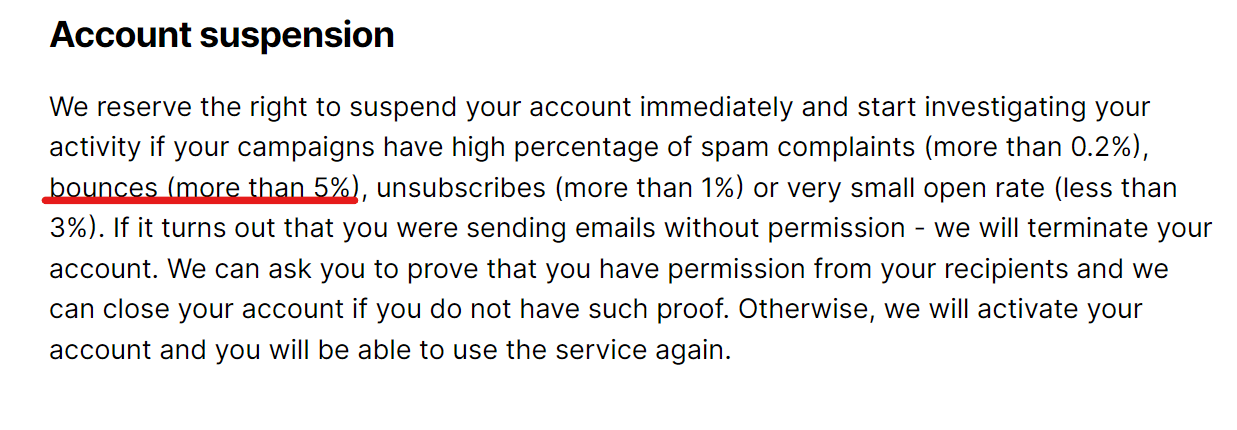 The ideal bounce rate is under 2%. For cold mails, the «OK» bounce rate could be as high as 10%. They are more susceptible to bounces since people don’t agree to receive the mails.
The ideal bounce rate is under 2%. For cold mails, the «OK» bounce rate could be as high as 10%. They are more susceptible to bounces since people don’t agree to receive the mails.
Be wary of looking at just the overall number of bounces: impulsive surges of bounce value may be a sign of a problem too — and if you catch them early, you can resolve them before they cause further damage.
-
Pay attention to bounce types and prioritize. Sort out reputation-related HBs first — they have a more serious negative impact. Second, fix SB caused by spam content and complaints. Third, sort out other HBs.
-
Launch a mailing campaign only when you set technical things properly. To be sure, consult technical delivery experts, or even hire one if you have a lot of mailing campaigns.
Summary
-
If you skip email bounces, your sender’s reputation is at stake and you might be blocked by your mailing tool or blacklisted.
-
Emails bounce back as because you did something wrong as due to the issues on the recipient's side. You need to watch both bounce types.
-
To decrease bounce value, validate the mailing list right before the campaign and track bounces.
-
The median bounce percentage across companies is 4.31%, you'd be better off keeping it under 2% though.
-
You’ll still have bounces even if you are doing everything correctly. Your goal is to keep the bounce rate at the minimal level.
Verify contacts one by one or in bulk to make sure they wont bounce
Validate

